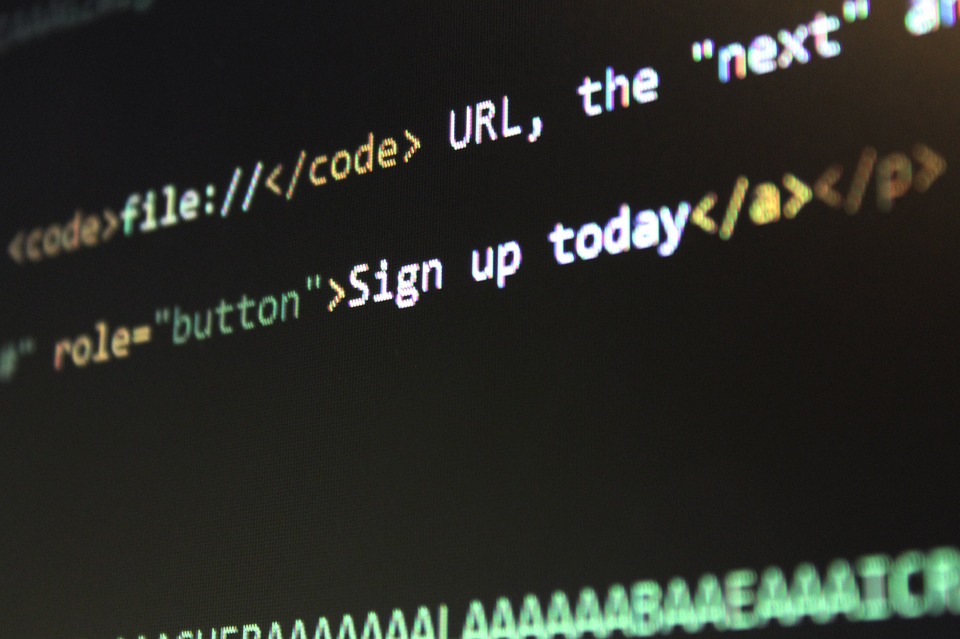In the digital environment, user engagement is paramount. As users interact with websites and applications, their experience significantly influences their perception of the brand and its offerings. One effective way to foster this engagement is through Motion UI development. Incorporating animations and transitions not only enhances visual appeal but also creates a more interactive and immersive experience for users. In this blog post, we will explore how Motion UI can transform user engagement, and we’ll highlight some powerful frameworks like Motion UI and GreenSock that can help developers bring their ideas to life.
The Power of Motion in User Experience
Why Motion Matters
Human brains are wired to respond to motion. When we see an animation, our attention is naturally drawn to it, differentiating essential functions from static content. For example, a button that smoothly scales when hovered over invites users to interact with it. Motion can serve multiple purposes in an interface: guiding user attention, indicating changes in state, providing feedback, and making interactions feel more natural.
Enhancing Interactivity
Animations and transitions create a sense of progression or continuity. For instance, when a user selects an option from a dropdown menu, a smooth transition can provide visual context, indicating that the application is processing the selection. By fostering this understanding of how elements relate to one another, users are more likely to engage with the interface further.
Encouraging Exploration
Motion can also inspire curiosity. Microinteractions—small animations that respond to user behavior—can create an engaging experience that beckons users to explore different features. This interaction can encourage users to discover functions they might not have noticed otherwise.
Motion UI Frameworks: Streamlining Development
As the demand for engaging user experiences grows, so does the need for frameworks that simplify Motion UI development. Two popular options are Motion UI and GreenSock, both of which allow developers to implement animations effortlessly.
Motion UI
Motion UI is a Sass library for creating responsive animations in web applications. Built on the principle of enhancing user experience through simple yet effective animations, Motion UI provides a blueprint for implementing various effects that can be easily customized.
Key Features:
- Built-in Transition Styles: Motion UI offers a variety of pre-built transitions and animations that can be applied to interface elements quickly.
- Responsive Design: The animations are designed to adapt seamlessly to different screen sizes and orientations, ensuring a consistent experience across devices.
- Ease of Use: With an intuitive syntax, developers can easily incorporate Motion UI into their projects, minimizing the learning curve.
GreenSock (GSAP)
GreenSock Animation Platform (GSAP) is another powerful tool for Motion UI development, favored for its performance and flexibility. GSAP is ideal for complex animations and provides extensive control over the animation lifecycle.
Key Features:
- Performance Optimization: GSAP is known for its speed and efficiency, ensuring smooth animations that do not hinder the application’s performance.
- Rich Animation Control: Developers can easily control timelines, sequences, and even reverse animations, allowing for intricate interactive experiences.
- Cross-Browser Compatibility: GSAP works consistently across all modern browsers, eliminating worries about inconsistent behavior due to environmental differences.
Best Practices for Incorporating Motion UI
While animations can enhance user engagement, using them excessively or inappropriately can lead to a cluttered interface or distract users from primary tasks. Here are some best practices to consider when implementing Motion UI:
-
Focus on Functionality: Ensure that your animations serve a purpose. Each motion should enhance clarity and guide users in their interactions.
-
Maintain Consistency: Consistent use of motion styles throughout your application creates a cohesive feel and reinforces brand identity.
-
Optimize Performance: Keep animations lightweight and consider using CSS animations or GPU acceleration to ensure speed and responsiveness.
- User Control: Provide users with an option to disable animations if they prefer a static experience. This consideration not only improves accessibility but also caters to user preferences.
Conclusion
Motion UI development is rapidly becoming an essential component of creating engaging and interactive digital experiences. By leveraging tools like Motion UI and GreenSock, developers can craft animations and transitions that not only beautify interfaces but also improve usability and user satisfaction. By focusing on purposeful animations, maintaining consistency, and optimizing for performance, designers can ensure their creations resonate with users and drive higher engagement rates. As we look to the future, incorporating Motion UI will undoubtedly become increasingly vital in the evolving landscape of user experience design.
By embracing Motion UI development, you can elevate your digital interfaces from static pages to interactive experiences that captivate and retain users. Whether you’re a seasoned web developer or a newcomer to the world of interactive design, the advantages of incorporating motion are clear: a better engagement leads to a better user experience, ultimately driving success for your brand or project.




